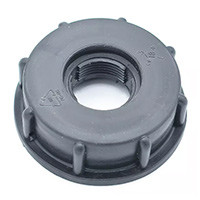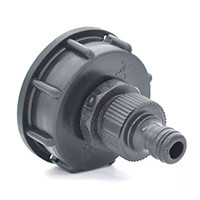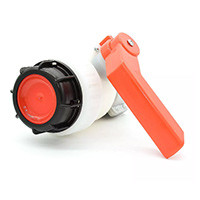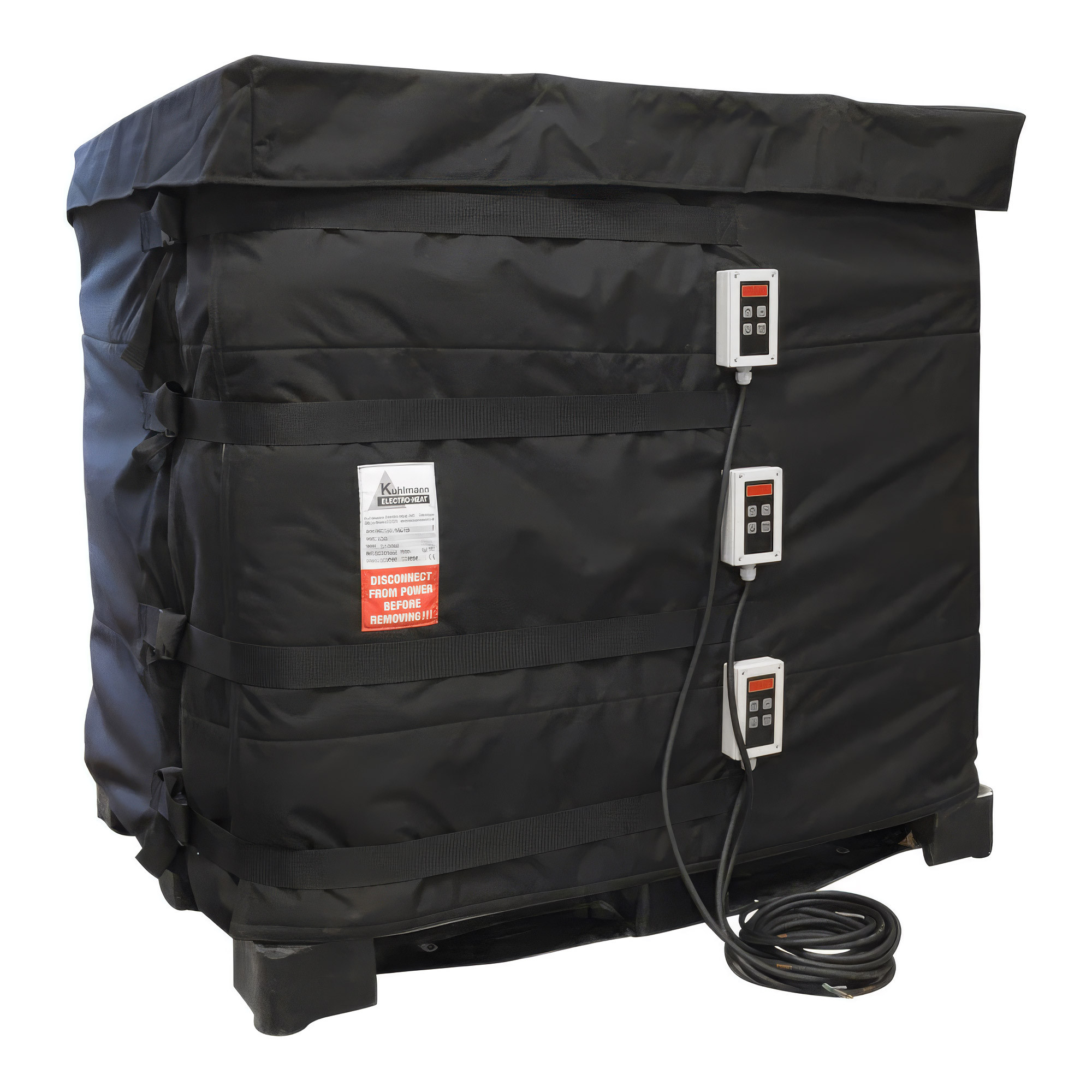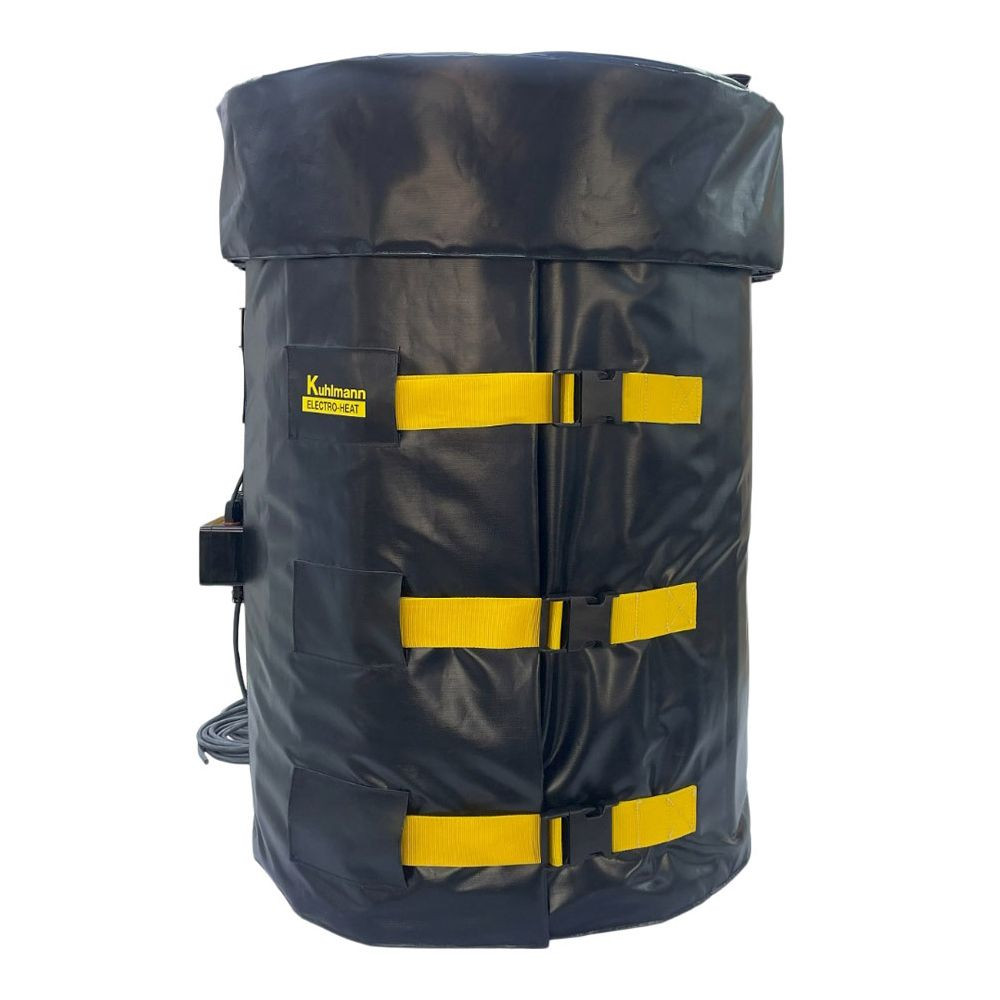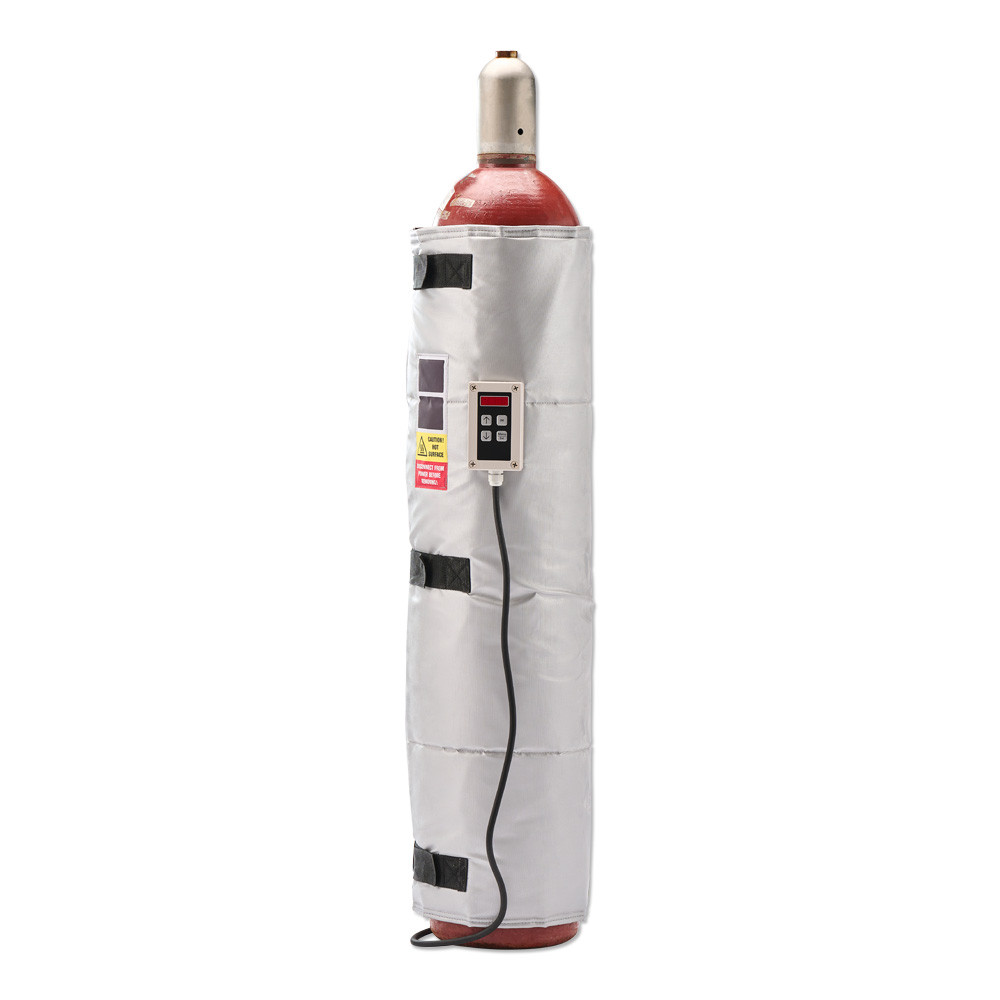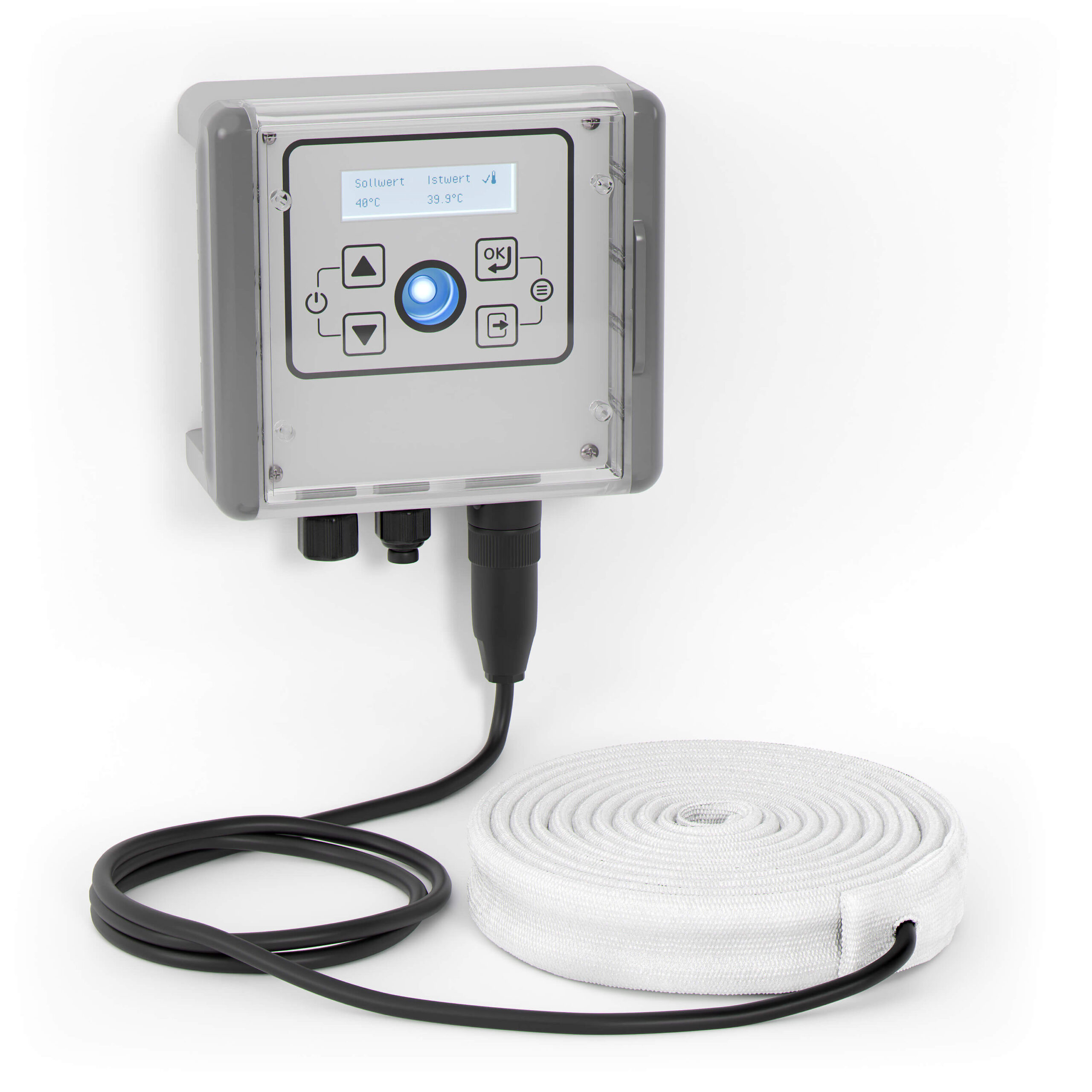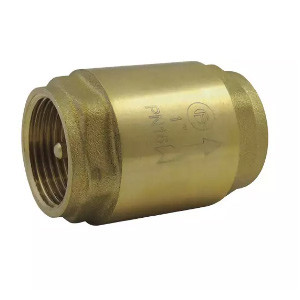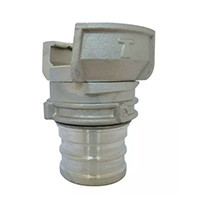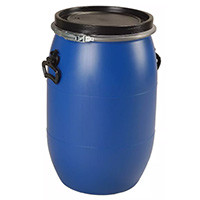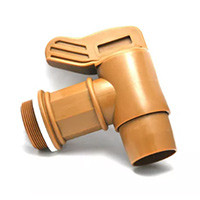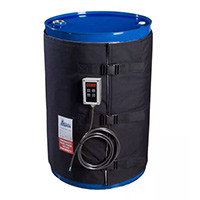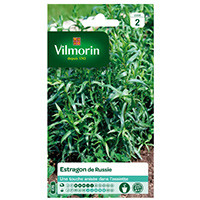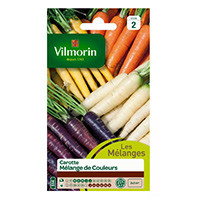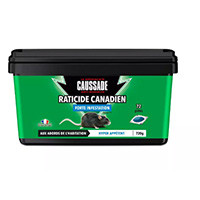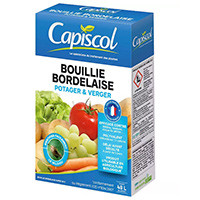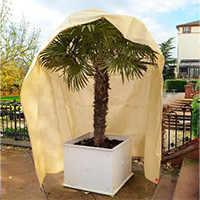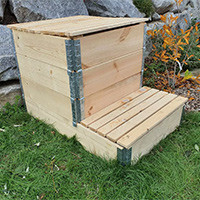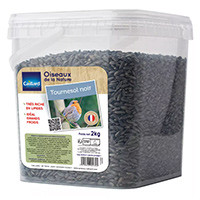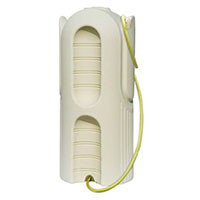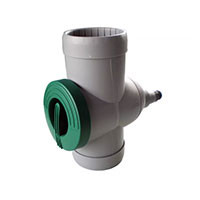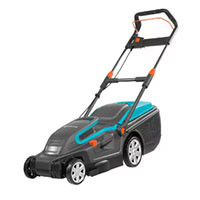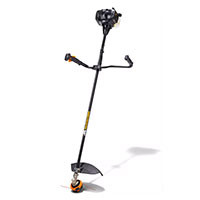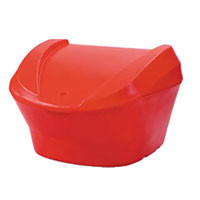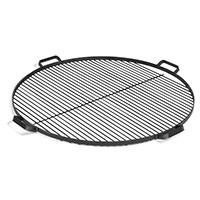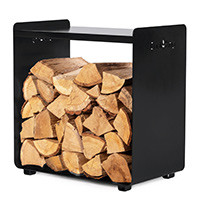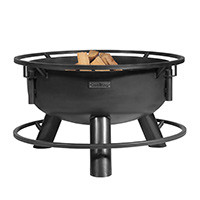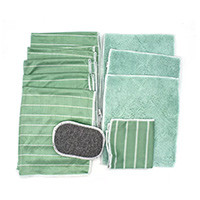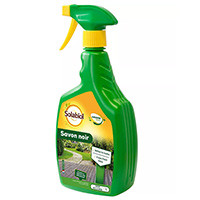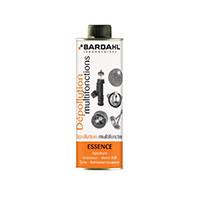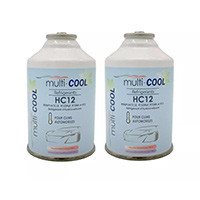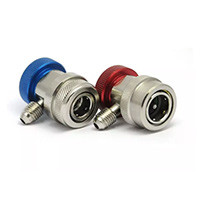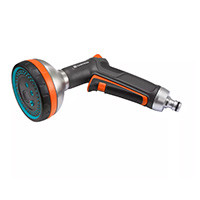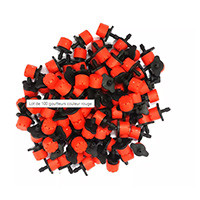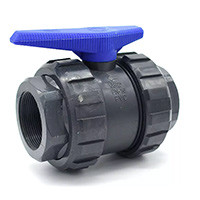With rising drinking water costs and the need to conserve natural resources, more and more people are turning to rainwater harvesting to water their garden, fill their pool, clean their car, and much more. However, if you're considering collecting rainwater, it's important to know what mistakes to avoid to make sure you're collecting quality water and not causing damage to the environment. In this article, we will review common mistakes to avoid when harvesting rainwater.
Mistake No. 1: Not cleaning the roof
When collecting rainwater, you need to make sure the water is clean and free of contaminants. The roof is the surface from which you collect rainwater, so it's important to clean your roof regularly to remove dirt, debris, fallen leaves, and bird droppings. If you don't clean your roof regularly, these contaminants can end up in the water you collect, which can make the water unfit for certain uses.
Mistake No. 2: Using Inappropriate Materials for Water Storage
The choice of storage container is important for the quality of the water you collect. Water storage tanks must be made of plastic or concrete. Metal containers can rust and contaminate water with heavy metals, while wooden containers can rot and leak. It is also important to choose a storage tank size adapted to your consumption to avoid the risk of water stagnation.
Mistake n°3: Do not filter rainwater
Even if you clean your roof regularly, there are still contaminants in rainwater, such as air pollution, bird droppings, or airborne particles. It is therefore important to filter rainwater before storing it. The absence of a filter allows these contaminants to end up in the stored water, which can make it unsuitable for certain uses such as irrigation.
Mistake n°4: Neglecting the maintenance of the storage tank
Maintaining your storage tank is essential to ensure the quality of the stored water. An unmaintained tank can become a breeding ground for bacteria, algae and other microorganisms. It is therefore important to regularly clean your storage tank to remove debris, sediment and deposits that can accumulate over time. It is recommended to drain every year or two years and regularly check the condition of the stored water.
Mistake No. 5: Not complying with regulations
When collecting rainwater, it is important to comply with local regulations regarding water collection, storage, and use. These regulations may vary by region and country, but in general, they address issues such as the location of the storage tank, the size of the tank, the quality of the water stored, and the use of the water collected. Failure to comply with these regulations may result in fines or other penalties.
Mistake No. 6: Using rainwater for inappropriate uses
Although rainwater harvesting can be useful for many uses, it is not suitable for all situations. For example, rainwater should never be used for drinking or cooking unless it has been treated to remove all contaminants. Similarly, rainwater may not be suitable for certain types of plants or industrial uses. It is therefore important to check the suitability of rainwater for each use.
Conclusion
Rainwater harvesting is an ecological and economical practice, but it requires special attention to ensure water quality and avoid any negative environmental impact. By avoiding these common mistakes, you can ensure that you are collecting clean, quality rainwater to meet your water needs. Ultimately, rainwater harvesting is a smart choice to save money, protect the environment, and take a step toward a more sustainable lifestyle.





